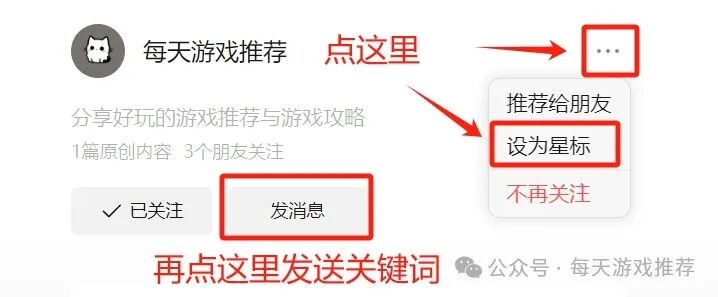While everyone trembles in the shadows of “Honor of Kings” and “Genshin Impact,” Tencent suddenly unveils a “survival building” universal key. This Chinese gaming giant is attempting to pry open the wallets of global players with a combination of SOC (Survival + Open World + Crafting) strategies—Is this a breakthrough tactic or just a capital game? Let’s delve into this billion-dollar gamble.

The Midlife Crisis of the Gaming Industry: When All Tracks Are Filled with Sharks
Opening the Steam homepage reveals 37 new games launched daily, a number ten times that of a decade ago. The mobile game market is even more exaggerated, with 1.2 million games lying in the App Store, nearly a thousand new ones added each day. Yet, players’ phones are always filled with just three titans: “Honor of Kings,” “Peacekeeper Elite,” and “Genshin Impact.”

Data shows that North American players buy an average of only 2.3 new games per year, while the monthly active growth rate of Chinese mobile game users has dropped below 3%. Even more alarming, development costs have skyrocketed—”GTA6″ burned through $2 billion, and “Black Myth: Wukong” spent $480 million over six years. The current gaming market resembles a hotpot restaurant at 3 AM, with every table filled, the broth nearly dried up, yet new customers keep pouring in.
Amidst this collective anxiety in the industry, Tencent suddenly pushed its chips towards the SOC track. This triangular matrix composed of Survival, Open World, and Crafting is becoming the Noah’s Ark of the gaming world.
Decoding the SOC Code: From “Minecraft” to “Palworld”’s Wealth Formula
In 2011, a Swedish programmer built “Minecraft” with mosaic blocks, selling 238 million copies worldwide. A decade later, “Palworld” used a formula of “Pokémon + Ark Survival” to sell a million copies in 8 hours, raking in $189 million in its first week. What wealth secrets lie within this?
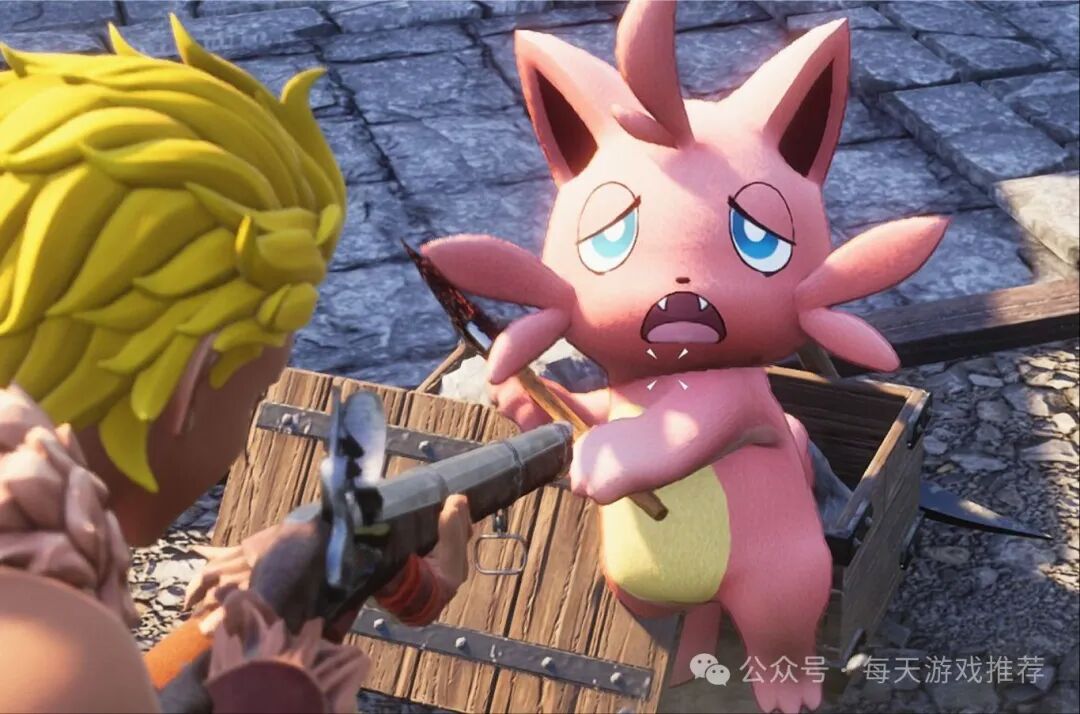
1. Survival Instinct: Modern Man’s Digital Wilderness Survival
Under the pressures of 996 work culture and mortgage stress, contemporary youth project their survival anxiety into the virtual world. When you chop trees and build houses in “The Forest” or fight against eternal night in “Don’t Starve,” the KPIs in reality suddenly become bearable—this is the hidden healing power of SOC games.
2. The Thrill of Building: Workers Can Also Be Gods of Creation
In “Elden Ring,” you can only be a tarnished, but in “Vampire’s Rise,” every brick of the vampire castle is built by your own hands. Data shows that the user retention rate for building games is 47% higher than traditional RPGs because players leave behind “digital real estate” in the virtual world.
3. Open World: An Insatiable Black Hole of Desire
“GTA5” sold 185 million copies, telling us that humanity’s thirst for freedom is endless. SOC games triple this freedom—not only to explore but also to survive and create. It’s like playing Russian nesting dolls in the metaverse, with endless surprises at every layer.
Tencent has precisely identified the chemical reaction of this “impossible triangle.” From “Dark Zone Breakout” to “Out of Control Evolution,” the company is replicating the SOC miracle using an industrial production line.
Tencent’s SOC Arsenal: Four Armies Surrounding Player Time
At the 2023 annual game launch conference, Tencent showcased five new SOC titles, surpassing the total number of its shooting products. Let’s dissect this “Frankenstein”:
“Out of Control Evolution” (Rust Mobile)
Highlight: A “small safety net” mechanism where players don’t lose equipment upon death.
Secret Weapon: Compressing raid time to 15 minutes, perfectly suited for subway commutes.
Data: 30 days after the first reveal, pre-registrations exceeded 5 million, with a conversion rate 300% higher than PC games.
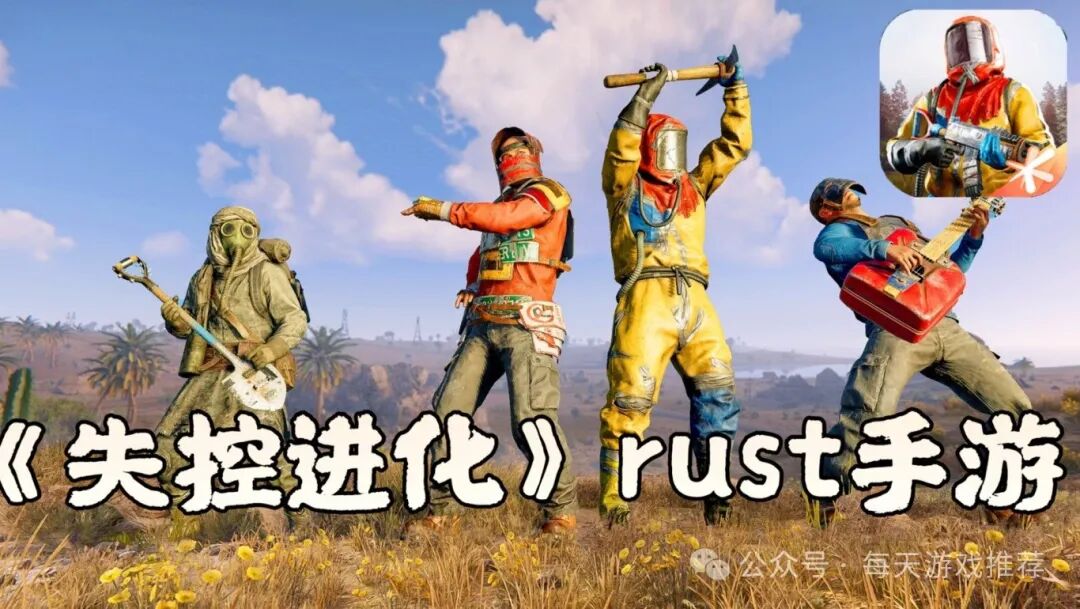
“Dune: Awakening”
Fantasy Formula: Sci-fi epic + desert survival + interstellar trade.
Black Technology: Dynamic dune system where every footprint alters the terrain.
Ambition: To create the “Desert Version of Genshin Impact.”
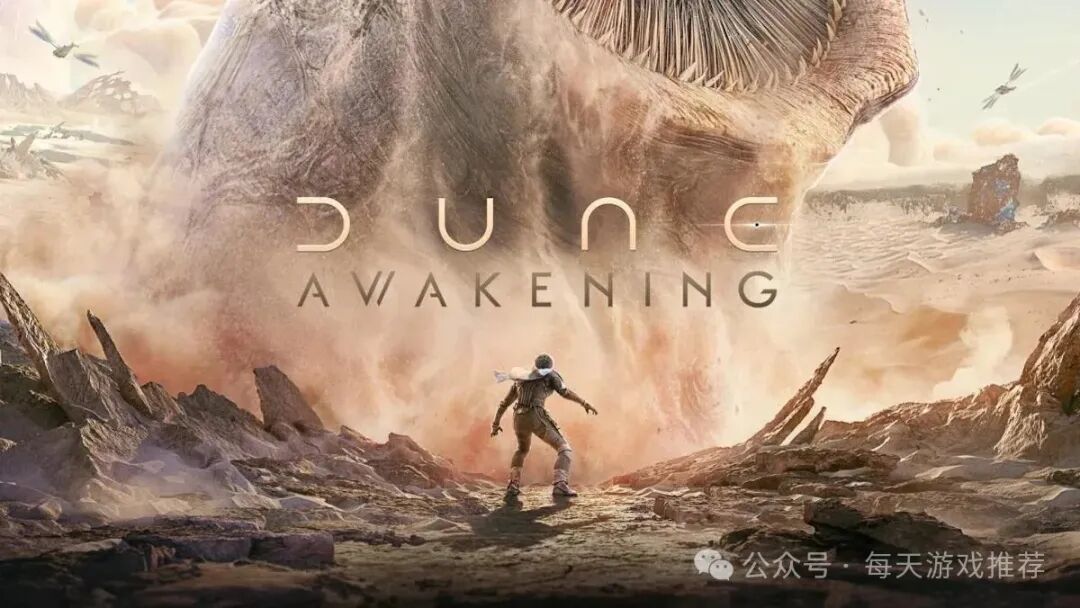
“Fog Lock Kingdom”
Innovation: Incorporating Souls-like combat into an open world.
Player Feedback: “It feels like playing ‘Don’t Starve’ in ‘Dark Souls.'”
Danger Signal: Development costs have exceeded $120 million.
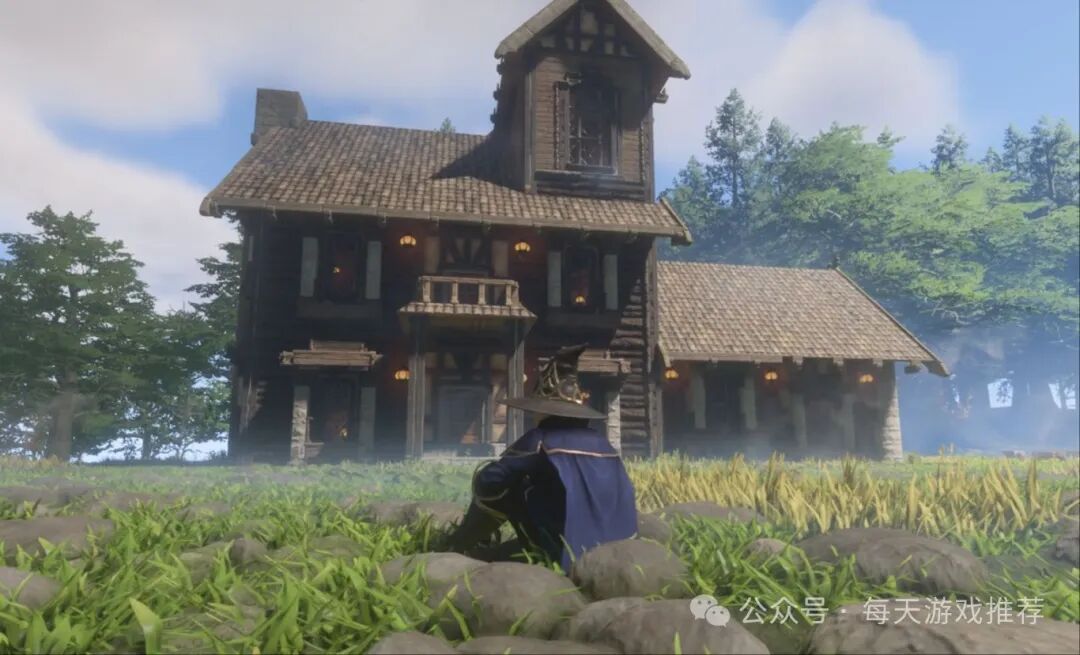
“Vampire’s Rise”
Differentiation: Vampire simulator + castle building.
Social Gameplay: You can suck your friends’ blood to level up, but limited to three times a day.
Data: The Steam early access version has already recouped its costs.
The underlying logic of this combination is clear: to attract various players with different flavors of SOC games. Just like a supermarket shelf filled with cola, Sprite, and Fanta, there’s always one that will make you spend.
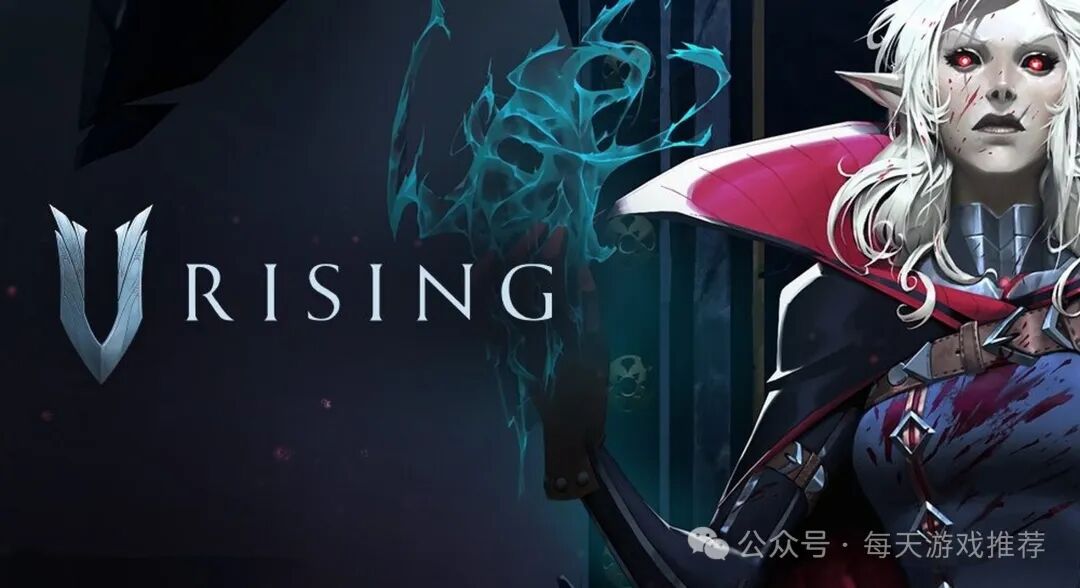
The Fatal Bottleneck of SOC: Has Freedom Gone Too Far?
However, the SOC track has a curse—no super hit defining the category has emerged yet. The producer of “Rust,” Alistair, openly admitted: “We intentionally let newcomers stumble; it’s the realism of survival.” This hardcore setting has deterred 87% of trial players.
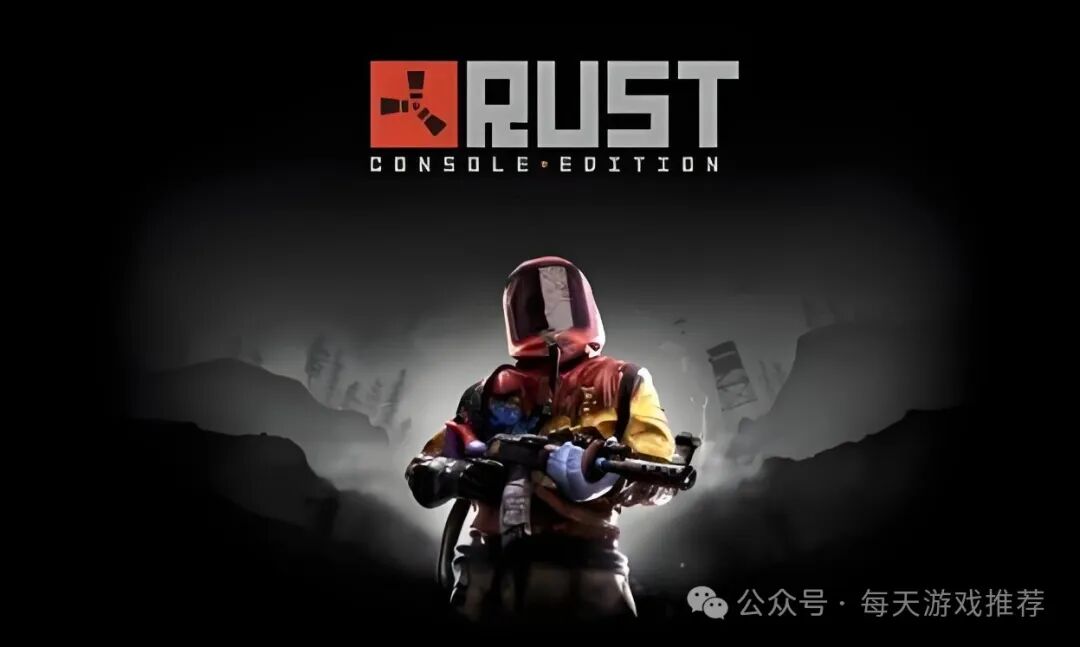
Tencent’s Three-Pronged Approach to Breakthrough:
Goal-Oriented Transformation: Adding an “intelligence system” in “Out of Control Evolution” to equip free exploration with GPS.
Frustration Buffering: Borrowing the safety net mechanism from mobile games, retaining 30% of resources after death.
Social Burden Reduction: Raiding requires mutual consent, eliminating the nightmare of being ambushed at midnight.
These changes have hardcore players exclaiming, “It’s lost its essence,” but the pre-registration data proves that casual players are flooding in. It’s like turning Sichuan hotpot into a mild version; while locals may complain, it becomes palatable for the entire nation.
The Next Ace: When SOC Meets Chinese Elements
The most noteworthy aspect of Tencent’s SOC strategy is its “Sinicization” roadmap:
Phase One: Localization Adaptation (Completed)
Transforming Western realistic styles into anime/national styles.
Incorporating limited-time events for the Spring Festival and Qixi Festival social gameplay.
Phase Two: Cultural Export (Ongoing)
“Fog Lock Kingdom” will include scenes from the Dunhuang ruins.
“Out of Control Evolution” plans to launch a “Shan Hai Jing” version.
Phase Three: UGC Ecosystem (Future)
Opening a MOD editor for players to create modified gameplay like “Xianxia Survival” and “Palace Building.”
Collaborating with Bilibili and Douyin for creator revenue-sharing plans.
The terrifying aspect of this strategy is that it not only captures the existing market but also cultivates new cultural consumption habits. Just as “Honor of Kings” educated users with Jing Ke and Li Bai, Tencent aims to redefine “survival” through SOC.
The Life and Death Speed of Small and Medium Teams: When the Giant Enters the Blue Ocean
The SOC track is playing out a “Game of Ice and Fire”: on one side, the developers of “Palworld” have only a 10-person team, while on the other, Tencent boasts a AAA production scale of over a hundred. How long will this window last?
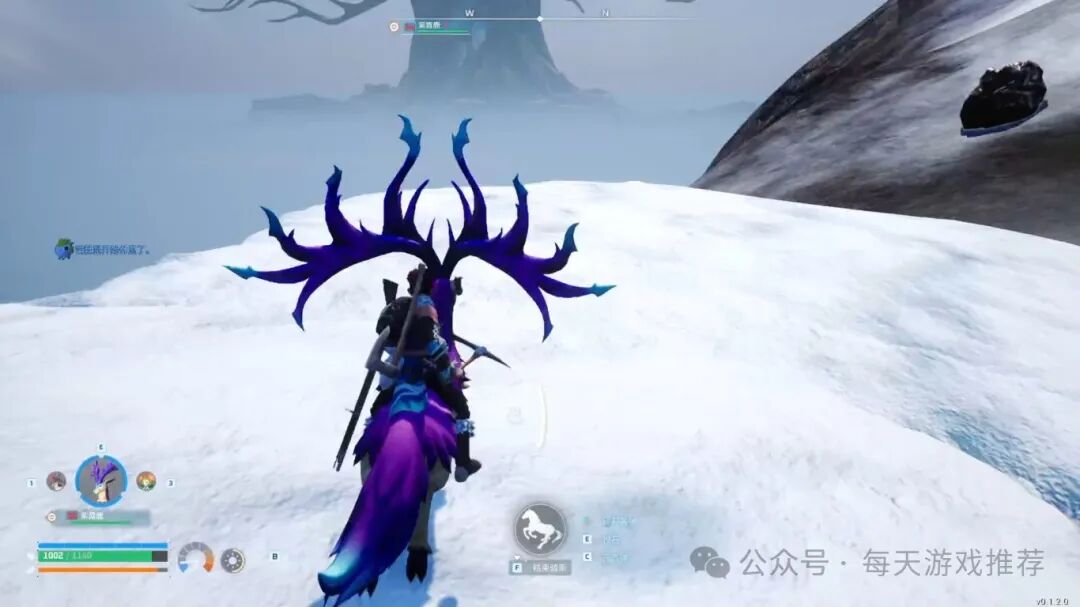
Vertical Segmentation: Focusing on niche areas like “Pet Survival” and “Food Building.”
Platform Dislocation: Targeting platforms like Switch and VR where Tencent has yet to exert force.
Cultural Deconstruction: Combining SOC with Chinese gardens and intangible cultural heritage techniques.
Early Overseas Expansion: Establishing bases in emerging markets like Southeast Asia and Latin America.
But be cautious: when you launch a demo on Steam, Tencent’s investment department may already be eyeing your idea.
The Ultimate Philosophy of Not Leaving the Table
The most ingenious aspect of Tencent’s SOC strategy lies in its “comprehensive coverage” layout thinking. It’s like betting on big and small, red and black, odd and even at the casino; as long as the roulette is still spinning, there’s always a chance to win it all.
Behind this gamble lies a microcosm of the transformation of the Chinese gaming industry: from reskinning mobile games to gameplay innovation, from traffic thinking to content cultivation. Perhaps, as the classic line in “Rust” goes: “What matters is not surviving, but building something worth protecting.”

As Tencent sows the seeds of SOC globally, we eagerly anticipate whether a towering tree surpassing “Genshin Impact” can grow in this digital wilderness.
Follow our official account below for game recommendations! 😍
